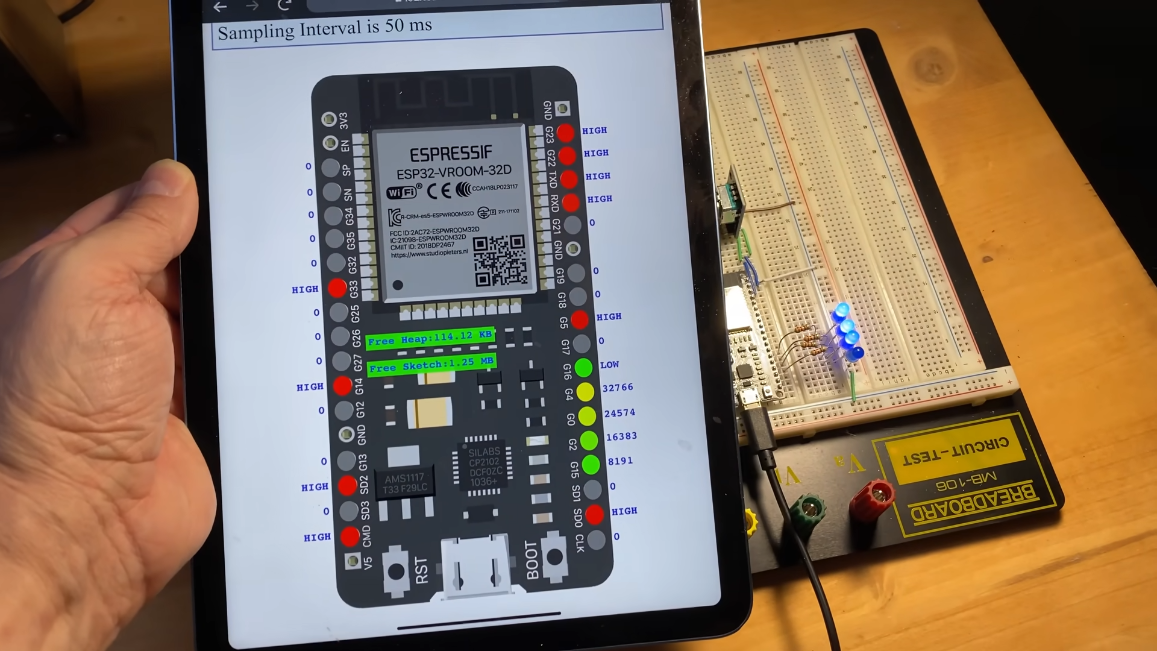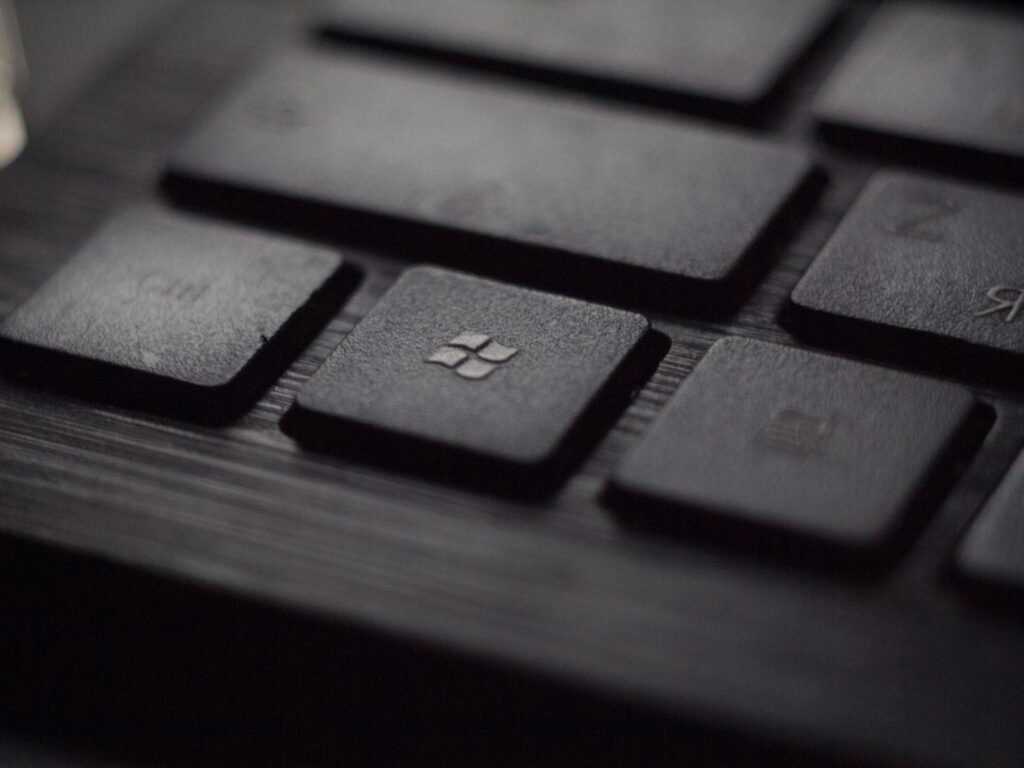Are you looking for a way to monitor the GPIO pins of your ESP32 board in real-time? Look no further! With the GPIOViewer library, you can easily view the status of your GPIO pins as they change, all within a web browser. Whether you’re troubleshooting or simply having fun with your projects, this open-source Arduino library is here to revolutionize your ESP32 experience.
Unlike the Wokwi ESP32 simulator that operates solely within a web browser, the GPIOViewer library takes it a step further. It allows you to send the GPIO status data from your actual hardware over WiFi, displaying the pin status as they dynamically change on a web page. You can choose from a range of popular ESP32 development boards to make the most of this feature.
The GPIOViewer library relies on two key components: the ESPAsyncWebServer Async web server for ESP8266 and ESP32, and the AsyncTCP asynchronous TCP library for ESP32 micro-controllers. While you need to manually download and install the first two components, you can conveniently install the latter directly from the Arduino IDE’s Library Manager.
With a footprint of just 50 KB, the GPIOViewer library supports digital, analog, and PWM functionalities. It is compatible with various ESP32 development boards, including ESP32-VROOM-32, Olimex ESP32-EVB and ESP32-POE boards, Lolin ESP32-C3 Mini, Arduino Nano ESP32, Seeed Studio XIAO-ESP32-C3, and many others.
The best part about using the GPIOViewer library is how simple it is to integrate with your existing Arduino sketches. By adding just a few lines of code, you can enable GPIO monitoring effortlessly. Here’s an example of how you can do it:
// the gpio_viewer include headers
#include <gpio_viewer.h>
GPIOViewer gpio_viewer;
void setup()
{
Serial.begin(115200);
// Connect to Wi-Fi
gpio_viewer.connectToWifi("Network SSID", "WiFi Password");
// Set the HTTP port. Default port is 8080, if not set
gpio_viewer.setPort(5555);
// Other setup logic of your app
// Start gpio_viewer sampling at the end of the setup logic.
// Sampling interval is milliseconds. Default value is 100ms
gpio_viewer.setSamplingInterval(25);
// Start gpio_viewer the server
gpio_viewer.begin();
}Code language: PHP (php)Once you’ve built and flashed the code to your ESP32 board, run it. In the serial console, you’ll see a URL displayed, such as http://192.168.1.111:5555. Simply enter this URL into your web browser, and voila! You can now witness the real-time updates of your GPIO pins as they change. Here is the library author’s YouTube video to see it in action: Revolutionize Your ESP32 Projects with Live GPIO Pin Monitoring!
Monitoring your ESP32 board’s GPIO pins in real-time has never been easier. With the GPIOViewer library, you can seamlessly view the status of your GPIO pins as they dynamically change, all within a web browser. Troubleshoot with ease or add an element of fun to your projects. Get started today by incorporating the GPIOViewer library into your Arduino sketches. Visit our website for more exciting blog categories and explore the world of luxury, abundance, fortune, and wealthiness.
Happy coding!




